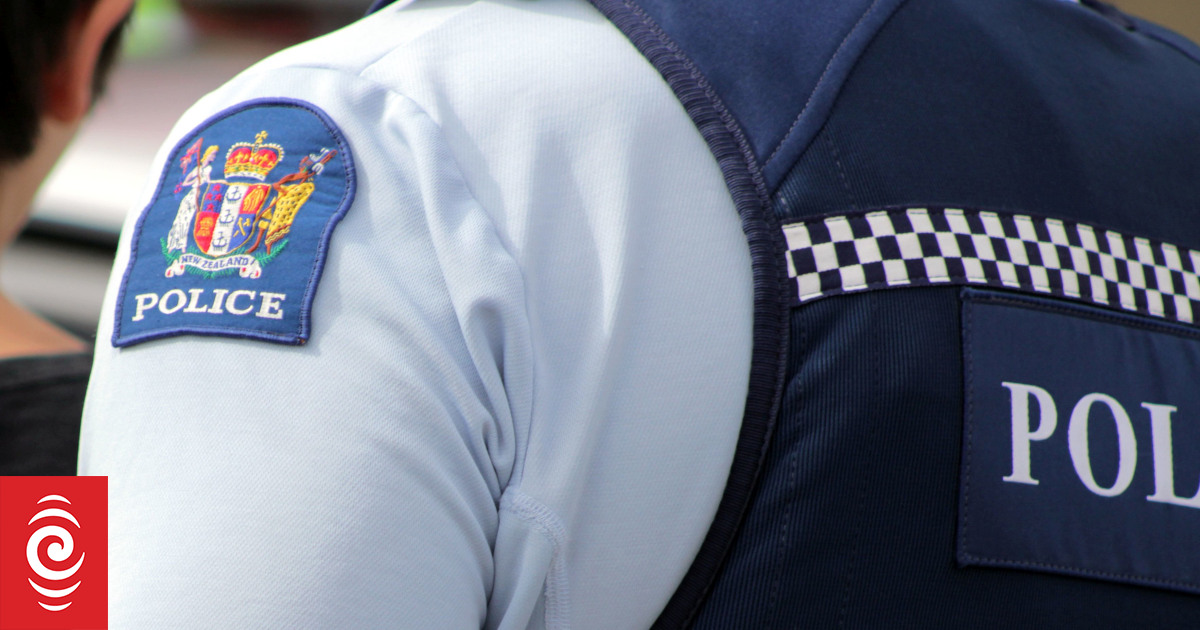Artist Jen Gay (left) and supporters who started a petition to save the mosaic tiles in Kaitāia. But the decision has been made to remove the tiles and incorporate them in the wider Te Hiku Revitalisation Project. Photo / Mike Dinsdale
A petition set up to save the mosaic tile wall in Kaitāia’s main street has come too late to save the art project, with the Te Hiku Community Board confirming the tiles would be removed and incorporated into the Te Hiku Revitalisation Project.
But the confirmation has angered artist Jen Gay, who has been campaigning to save the almost-30-year-old community art project from being demolished as part of the new Kaitāia Town Square development.
Gay launched the Save the Mosaic Mural campaign as an appeal to the community to save the “community taonga” outside the old Pak’nSave site in Commerce St, and a petition launched to save the artwork drew more than 750 signatures in a few days.
Gay helped design and supervise the project in 1997 that she said involved about eight schools and 500 locals.
Advertisement
“The original project took six months to complete and has not been vandalised, nor has it faded in the 30 years since,” Gay said.
But Te Hiku Community Board has confirmed its support of a widely consulted plan to revitalise Kaitāia town square, as well as an option to remove and preserve mosaic tiles that form the popular artwork.
The revamp to Kaitāia town square will be the final milestone in the wider Te Hiku Revitalisation Project. The community-led project is funded by Kānoa — the Government’s Regional Economic Development and Investment Unit — and has been supported by the council and Te Hiku Community Board, the board said in a statement to the Northland Age.
The Kaitāia town square revitalisation project is supported by Te Hiku Project Working Group, Far North Holdings, and the Kaitāia Business Association.
Advertisement
The town square is in Kaitāia’s central business district and is owned by the council’s commercial arm, Far North Holdings Limited. The redevelopment plan does not include preservation of two mosaic tile walls at the town square entrance and the plan would not be feasible if the walls were retained, the board said.
/cloudfront-ap-southeast-2.images.arcpublishing.com/nzme/KKEWL5QXV5EIPLRKIZRFAGYR7M.JPG)
At its June meeting, the community board heard a deputation asking the artworks be left in place. This was supported by a petition signed by 750 people, although the petition was not formally presented to the board.
In recognition of the community’s attachment to the artworks, the board said it had agreed to remove and preserve the mosaic tiles for use in the future.
To ensure the preservation of the artwork’s cultural and historical significance, the tiles will be carefully removed by Kaitāia contractor, Stonecraft Construction Ltd. After removal, the tiles will be stored in a safe location until they can be reinstated and utilised in the town square on newly constructed seats and around the stage in the town square to preserve the character of the space, the board said.
This will retain the artwork and allow the mosaics to be celebrated and enjoyed for another 30 years or more, it said.
However, Gay said the wall was a vital community art project and should be retained and she was angry the opposition to its removal was not enough to save it.
/cloudfront-ap-southeast-2.images.arcpublishing.com/nzme/VMG3MYSP4NAPTH2HWCV7BEUT6Q.JPG)
She said she did not have faith the tiles would be removed safely, given some have already spilt while being removed, and said if they are removed, individual tiles should be offered back to the people who made them.
“The wall was also a healing project for some. There’s one tile that was made by a boy when he was 5. He died when he was 6 and his mother often comes to sit there and remember him. Another tile was made by a woman who saw the tragic death of her son. She made the tile in honour of her son, then a year later she died and that tile is a huge comfort for her family,” Gay said.
“So those people that do not want their tiles to be part of some unnamed, unplanned artwork that may or may not get built in the future, they should have the chance to get them back.
“I never said I wanted the tiles removed as I believe it’s an important community artwork that deserves to be preserved in its entirety.”



